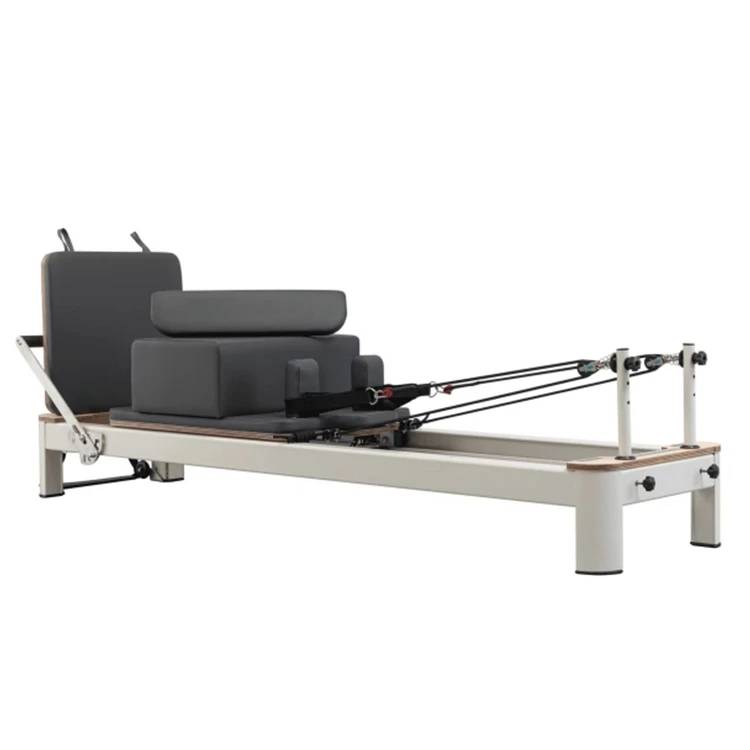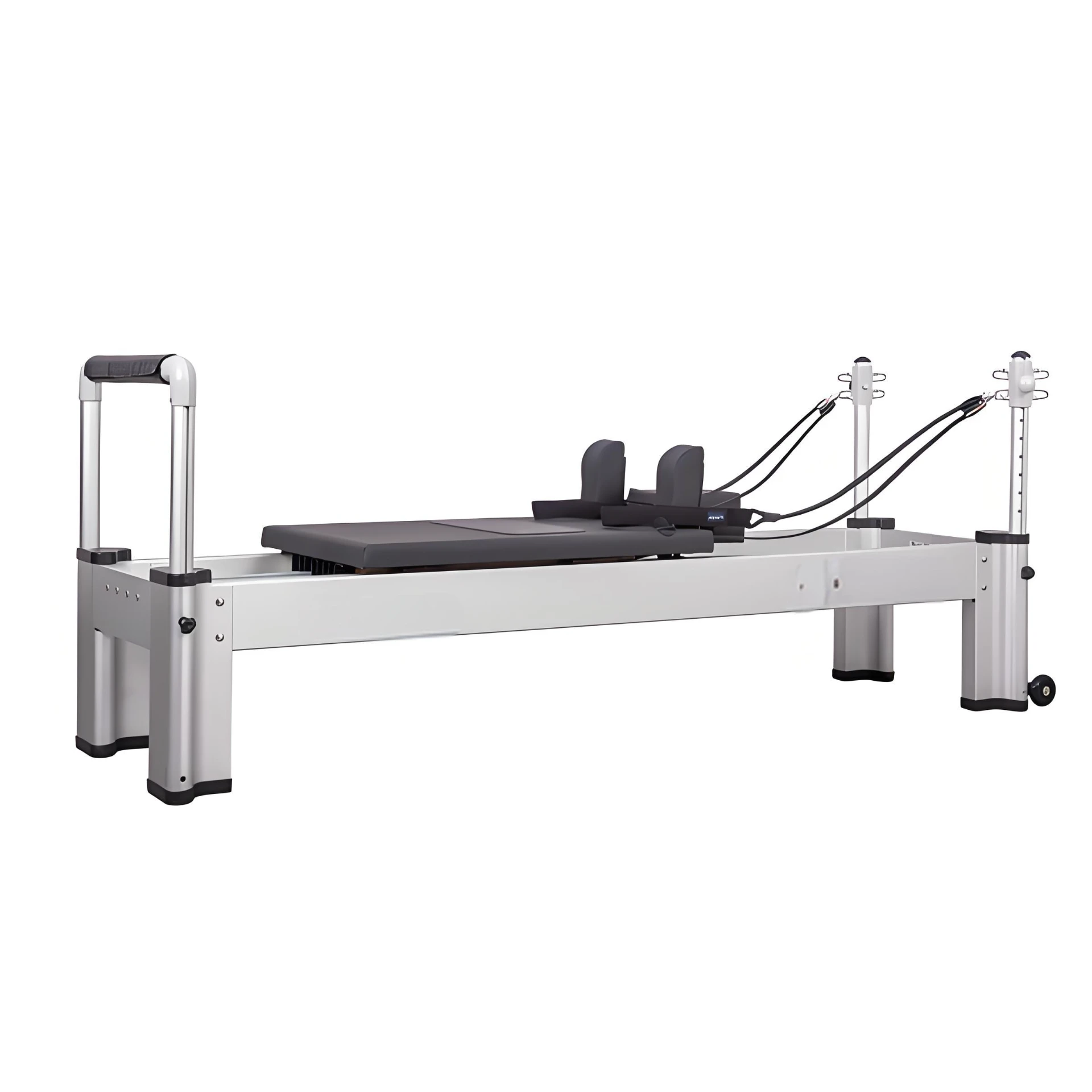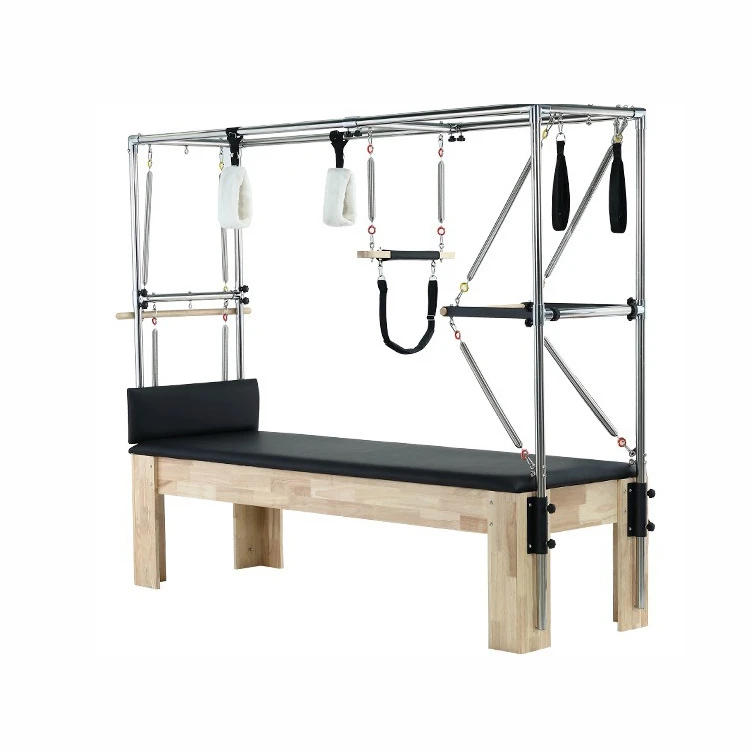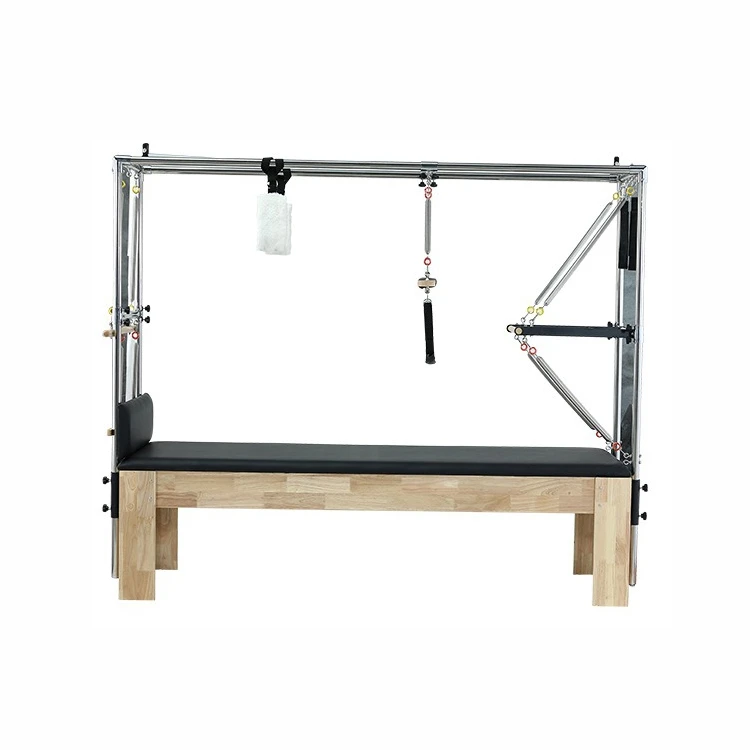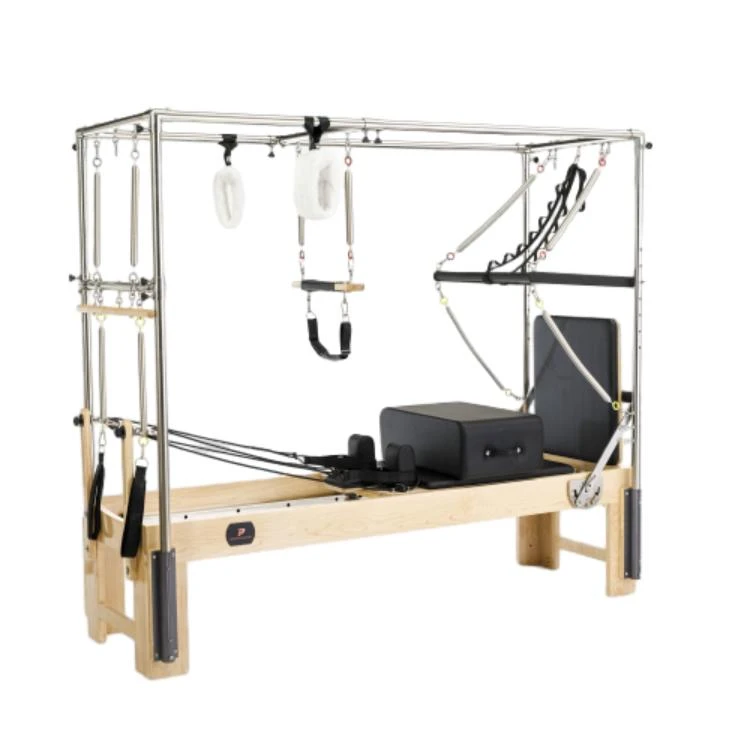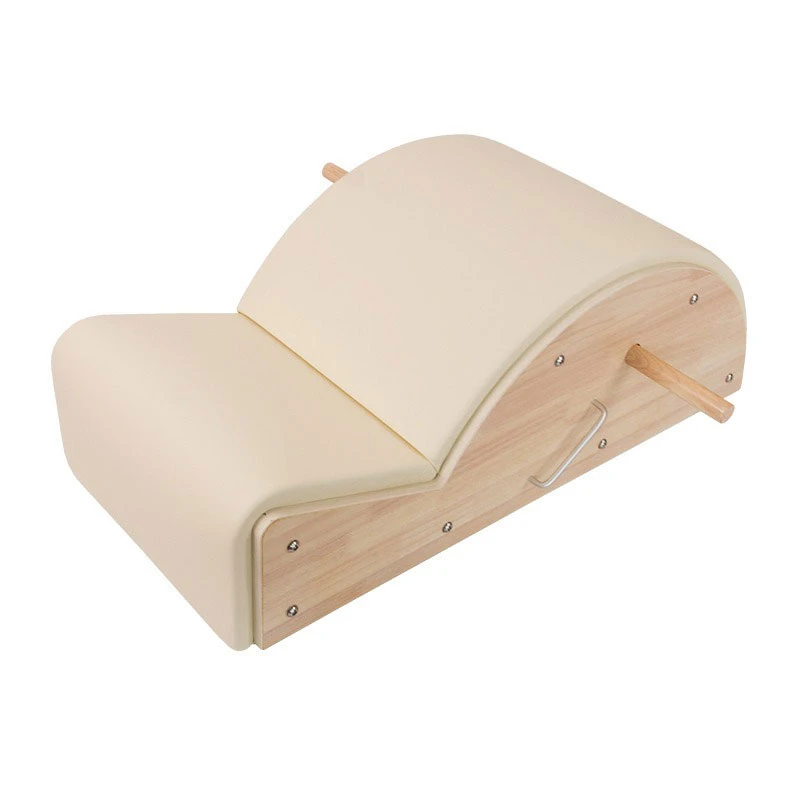Effective Pilates Reformer Exercises for Strength and Flexibility Training
Exploring the Benefits of Pilates Moves on the Reformer
Pilates has emerged as a popular physical fitness regimen that emphasizes control, flexibility, and strength. Among the various forms of Pilates, the Reformer stands out as a versatile piece of equipment that enhances traditional Pilates exercises. Using a Reformer allows practitioners to perform a wider range of movements with varying resistance, making it an effective tool for developing both strength and flexibility. In this article, we will explore some core Pilates moves on the Reformer and discuss their benefits.
One of the most fundamental moves in Pilates is the Footwork exercise. This exercise serves as a warm-up and helps to engage the muscles in the legs and feet. Lying on the Reformer with your feet on the footbar, you can perform a series of presses and stretches as you push and pull against the springs. This not only activates the leg muscles but also improves circulation and prepares the body for more complex movements.
Exploring the Benefits of Pilates Moves on the Reformer
The Bridge exercise is a fantastic core engagement move that also stretches the spine and hips. When performed on the Reformer, you lie on your back with your shoulders on the shoulder pads, feet on the foot bar, and then lift your hips while pushing against the resistance. This exercise strengthens the glutes and hamstrings while promoting spinal alignment and core stability. It’s a great option for individuals looking to enhance their pelvic stability and lower body strength.
pilates moves on reformer
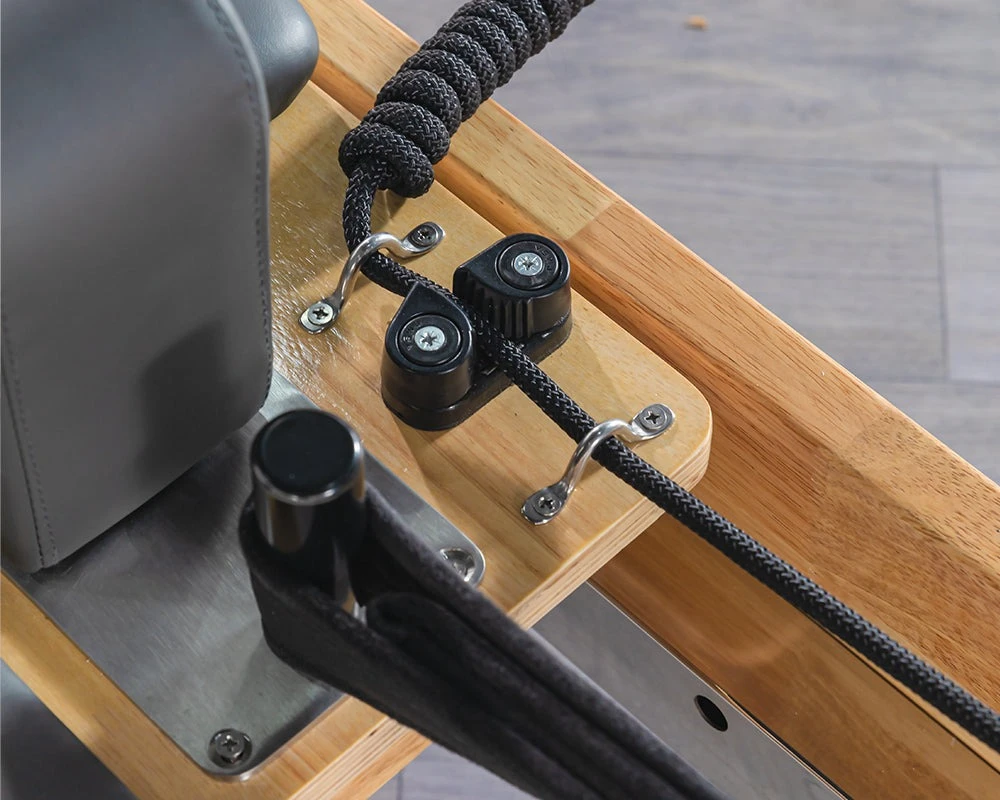
Additionally, the Short Box Series provides a comprehensive workout for the core while engaging the entire body. By sitting on a box attached to the Reformer, practitioners can perform a variety of movements such as rounding forward or leaning back, which targets the abdominal muscles. This series not only fosters core strength but enhances coordination and balance, essential attributes in any physical activity.
The Leg Circles exercise is another classic movement that can be adapted to the Reformer. This move involves lying on your back, stabilizing your core, and moving one leg in a circular motion while the other remains fixed. Leg Circles promote hip mobility and flexibility while strengthening the abdominal muscles. By using the Reformer, the added resistance helps deepen the engagement of the core, maximizing its effectiveness.
Finally, the Kneeling Cat Stretch, often featured at the end of a routine, allows for spinal articulation and relaxation. In this position, practitioners can move through a flexion and extension of the spine while also focusing on breathing. It’s an excellent way to cool down after an intense workout, offering a balance of strength and stretching.
In conclusion, incorporating Pilates moves on the Reformer provides numerous benefits that cater to varying fitness levels and goals. The combination of resistance training and active stretching enhances overall strength, flexibility, and body awareness. With the versatility of the Reformer, practitioners can easily modify exercises to suit their individual needs, making it a valuable asset in any fitness regime. Whether you are a beginner or an advanced practitioner, the Reformer offers endless possibilities for personal growth, making Pilates not just a workout, but an enriching journey towards a healthier lifestyle. The emphasis on proper alignment, control, and precision in Pilates encourages a holistic approach to fitness, fostering not only physical strength but mental well-being.
Latest news
-
Types of Pilates Machines Used in Group Classes Versatility GuideNewsJul.07,2025
-
Pilates Spine Corrector Benefits for Posture and Core StrengthNewsJul.07,2025
-
Pilates Chair for Sale Adjustable Spring Systems for All Fitness LevelsNewsJul.07,2025
-
Ladder Barrel for Sale Commercial-Grade Wooden ConstructionNewsJul.07,2025
-
Eco-Friendly Pilates Studio Equipment Sustainable Materials GuideNewsJul.07,2025
-
Adjustable Pilates Chair Settings for All Fitness LevelsNewsJul.07,2025
- Address
- Room 1601, 1302, Building A, Zijingguandi, Qiaodong District, Xingtai City, Hebei Province, China
- Sandra@raetin.com
- Phone
- +86 18231139331

